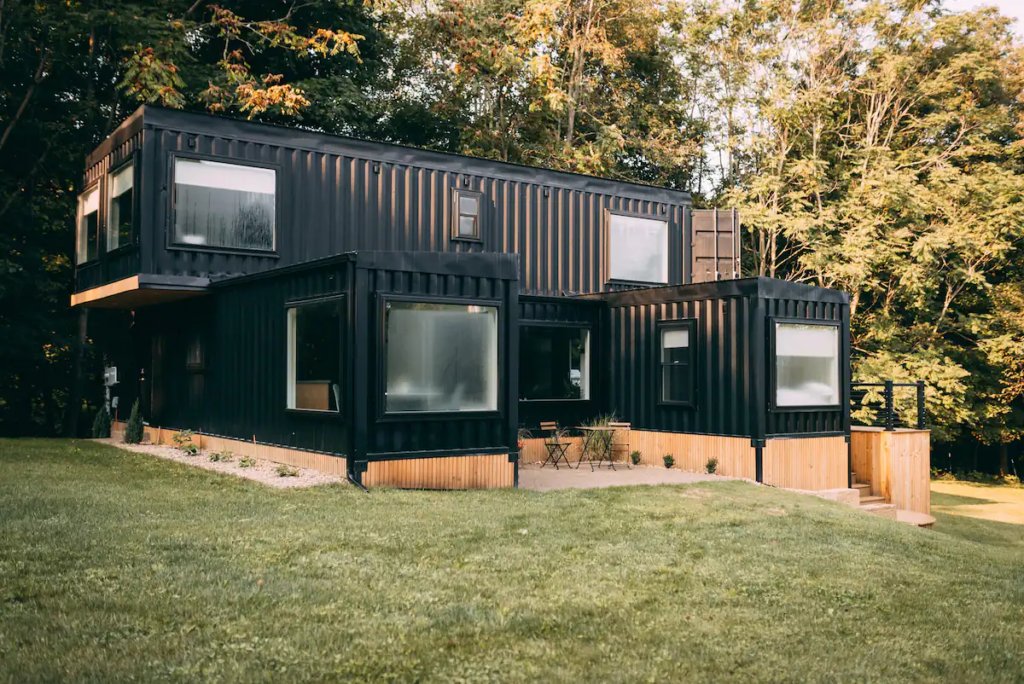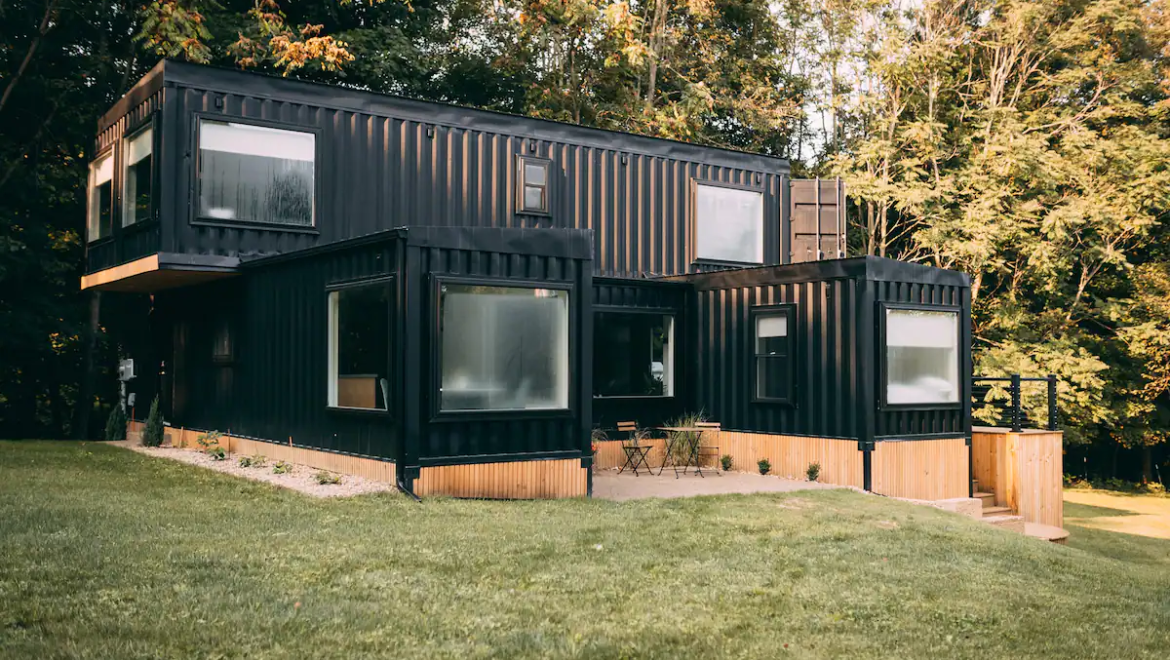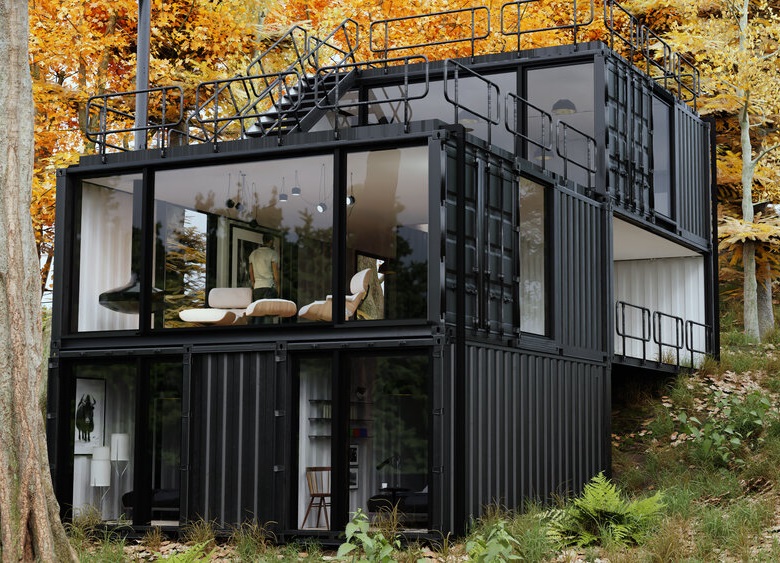Innovative Living: The Rise of Storage Container Houses
In the realm of architecture and sustainable living, creativity knows no bounds. The emergence of storage container houses has captured the attention of designers, homeowners, and environmental enthusiasts alike. These ingenious structures, often made from discarded shipping containers, offer a fresh perspective on eco-friendly, affordable, and stylish living spaces. This blog explores the fascinating world of storage container houses and why they’re becoming a compelling option for modern living.
A Sustainable Solution
In an era marked by increasing concerns about climate change and resource depletion, the concept of repurposing shipping containers into livable homes aligns perfectly with sustainable practices. By utilizing containers that have reached the end of their shipping life, we not only give these objects a new purpose but also reduce the demand for new construction materials. This translates to a smaller carbon footprint and a positive contribution to the planet.
Affordability Redefined
Traditional housing costs often deter individuals and families from owning their dream homes. Storage container houses provide an affordable alternative that doesn’t compromise on comfort or style. The basic structure of a container is already in place, significantly reducing construction costs. Moreover, these homes can be designed to maximize space efficiency, making the most of every square inch and eliminating unnecessary waste.
Design Versatility
One of the most exciting aspects of storage container houses is their design flexibility. These containers can be stacked, combined, and arranged in various configurations to create unique and eye-catching architectural designs. The rigid structure of containers allows for both linear and innovative layouts, enabling architects to experiment with shapes, sizes, and heights. The result? Homes that are not only functional but also visually stunning.
Off-the-Grid Living
For those seeking a more self-sufficient lifestyle, storage container houses offer the perfect canvas for off-the-grid living. These homes can be equipped with solar panels, rainwater harvesting systems, and composting toilets, reducing reliance on traditional utilities. The compact nature of container homes also encourages a minimalist approach to living, promoting a clutter-free environment and a focus on the essentials.
Challenges and Considerations
While storage container houses present numerous advantages, it’s important to acknowledge some challenges and considerations. Proper insulation and ventilation are crucial to ensure a comfortable indoor environment, as containers can heat up quickly under the sun. Additionally, addressing potential issues with condensation and ensuring structural integrity during modifications are important factors to consider.
Conclusion
Storage container houses have emerged as a symbol of innovation, sustainability, and practicality in the realm of architecture and housing. These structures are reshaping the way we think about homes, challenging traditional norms, and pushing the boundaries of design. With their eco-friendly attributes, affordability, and adaptability, storage container houses are not just buildings; they’re a testament to the power of human creativity and the potential to live harmoniously with the environment. As the world continues to seek innovative solutions for housing, storage container houses stand tall as a beacon of hope for a brighter and more sustainable future.








